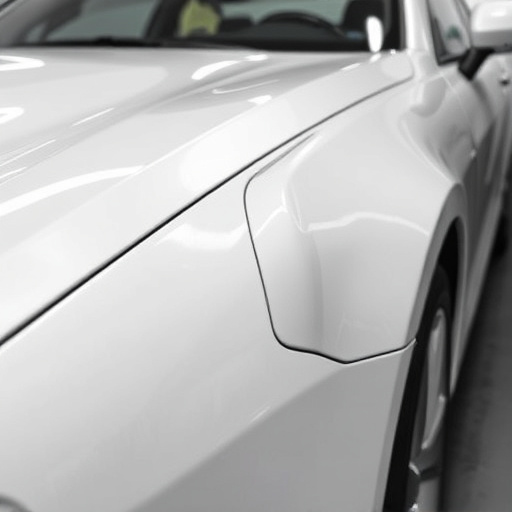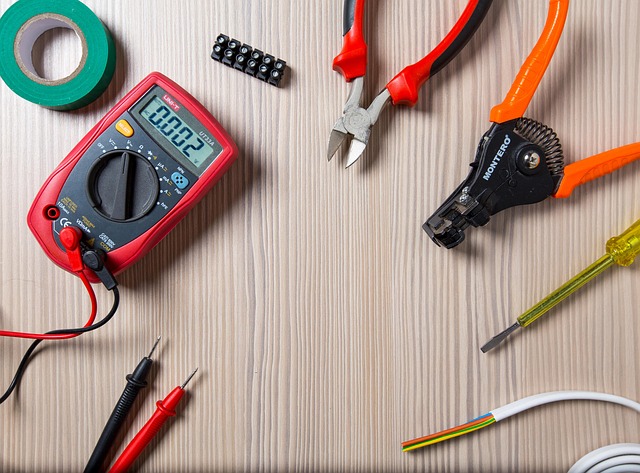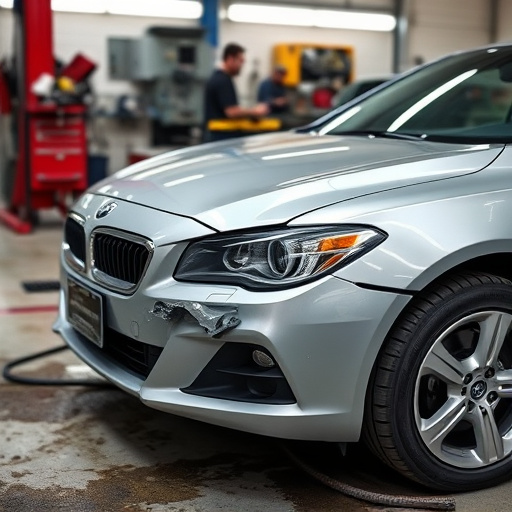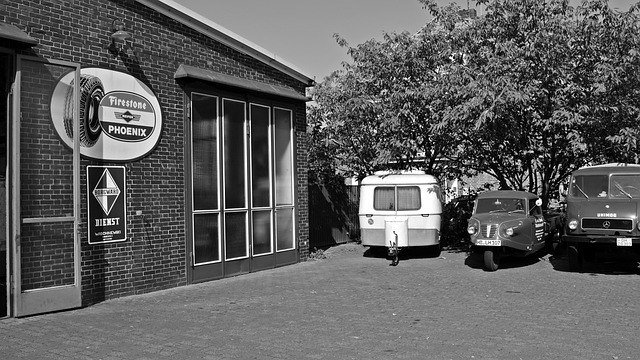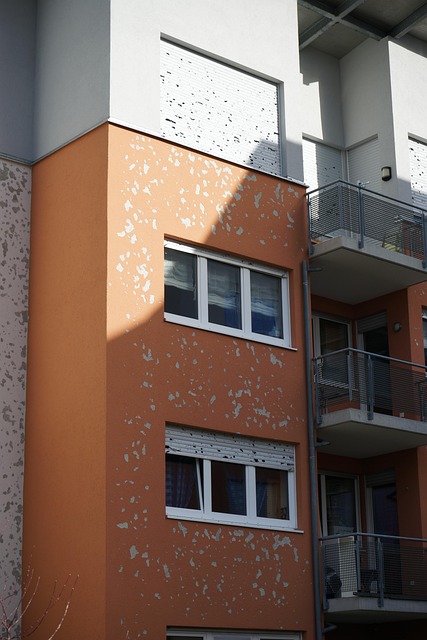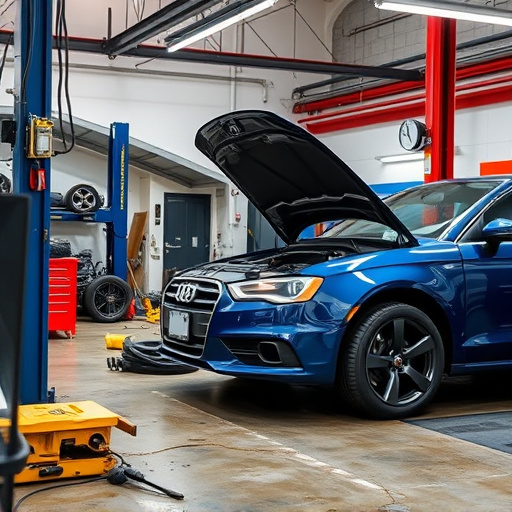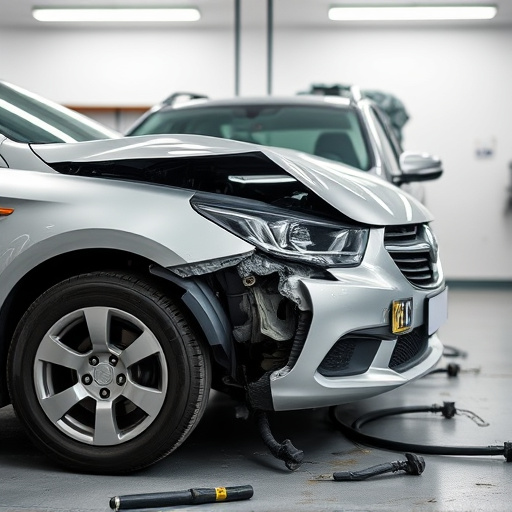Carbon fiber damage, from minor scratches to severe impacts, requires careful repair using methods like resin infusion, injection molding, laminating new layers, and specialized adhesives. Modern technologies such as vacuum bagging, autoclave curing, and CAD analysis ensure precise repairs maintaining structural integrity and aesthetic appeal, enhancing vehicle value and performance for high-end vehicles.
Carbon fiber composites, known for their strength and lightweight properties, require specialized care. This article delves into the world of carbon fiber repair methods, equipping you with essential knowledge for addressing damage. From understanding common causes like cracks, breaks, and delaminations to exploring traditional repair techniques and advanced restoration strategies, this guide offers a comprehensive overview. Learn how to effectively reinforce and restore carbon fiber materials, ensuring longevity and optimal performance.
- Understanding Carbon Fiber Damage and Its Causes
- Common Repair Techniques for Carbon Fiber Composites
- Advanced Methods: Restoration and Reinforcement Techniques
Understanding Carbon Fiber Damage and Its Causes
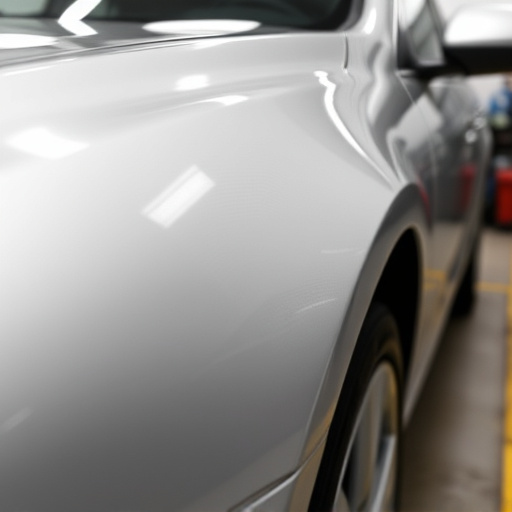
Carbon fiber damage can occur due to various reasons, from minor scratches and dents to more severe impact events. Understanding the causes is crucial when it comes to choosing the right carbon fiber repair methods. One common issue is surface abrasions, often caused by road debris or minor collisions, which can leave visible scratches and compromising the material’s integrity. These types of damages might seem trivial but can significantly affect the overall aesthetics of a carbon fiber-reinforced polymer (CFRP) component.
Other forms of damage include delamination, where the layers of the composite material separate due to stress or impact, and cracks, which can result from sudden force or thermal shock. Delamination is particularly concerning as it not only affects the structural integrity but also creates weak points that can lead to further damage. Proper identification of these issues is key before employing any carbon fiber repair methods, ensuring that the chosen solution will effectively restore the damaged area without compromising the vehicle’s safety and structural integrity, with car paint services playing a vital role in restoring the aesthetic appeal after more severe incidents.
Common Repair Techniques for Carbon Fiber Composites
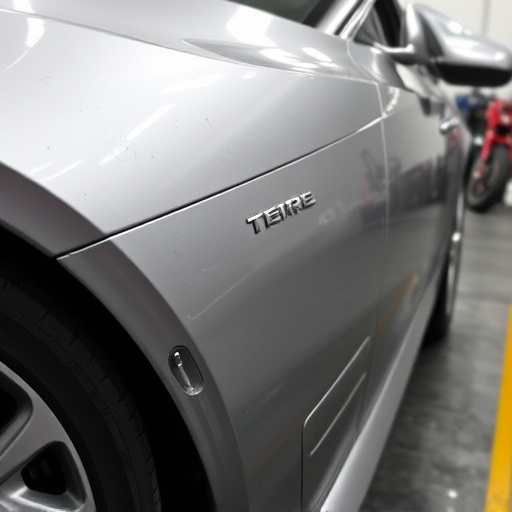
Carbon fiber composites are renowned for their strength-to-weight ratio, making them a popular choice in automotive manufacturing. However, like any material, they require proper care and repair when damaged. Common repair techniques for carbon fiber composites involve either replacing the damaged section or repairing it directly.
For smaller imperfections like scratches or minor cracks, a process called resin infusion or injection molding can be used. This involves injecting a matching resin into the damaged area, allowing it to cure and bond with the existing composite. For more extensive collision damage repair in car bodywork, structural repairs are necessary. This includes methods such as laminating new carbon fiber layers over the affected areas or using specialized adhesives to rejoin broken fibers. Skilled technicians utilize these carbon fiber repair methods to ensure the restored surface not only matches the original aesthetics but also retains the superior strength and performance of the composite material in auto body repairs.
Advanced Methods: Restoration and Reinforcement Techniques
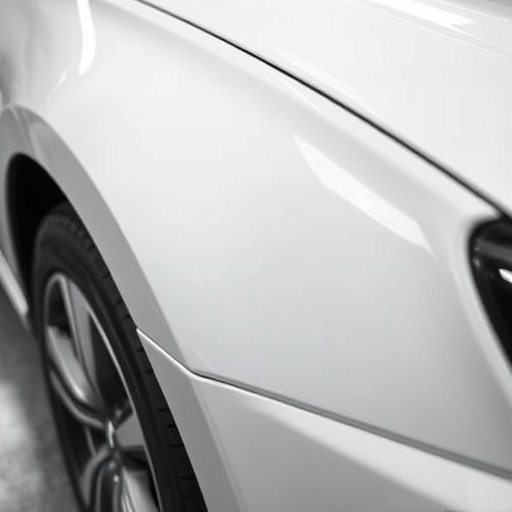
In the realm of carbon fiber repair methods, advanced techniques have emerged to restore and reinforce damaged auto bodies, particularly in high-end vehicles where carbon fiber is commonly used. These cutting-edge restoration processes involve precise applications of specialized resins and composite materials to match the unique properties of carbon fiber. By combining advanced tools and expertise, collision centers can now offer state-of-the-art auto body repairs that preserve the structural integrity and aesthetic appeal of these high-performance vehicles.
The integration of modern technologies has significantly enhanced the precision and effectiveness of carbon fiber repair methods. Techniques such as vacuum bagging, autoclave curing, and computer-aided design (CAD) analysis ensure minimal residual stress and perfect fusion of the repaired areas with the surrounding carbon fiber structure. This not only improves the structural stability but also maintains the vehicle’s overall value and performance, making it a preferred choice for collision centers specializing in high-end auto body repairs.
Carbon fiber repair methods have evolved significantly, offering a range of techniques from basic to advanced. Understanding the causes of damage is key to effective repairs, ensuring structural integrity and aesthetic appeal in restoration. Common repair techniques involve layering and bonding new carbon fiber materials, while advanced methods explore innovative restoration and reinforcement techniques for complex composite structures. By leveraging these diverse carbon fiber repair methods, professionals can achieve high-quality results, preserving the performance and beauty of carbon fiber components across various industries.

